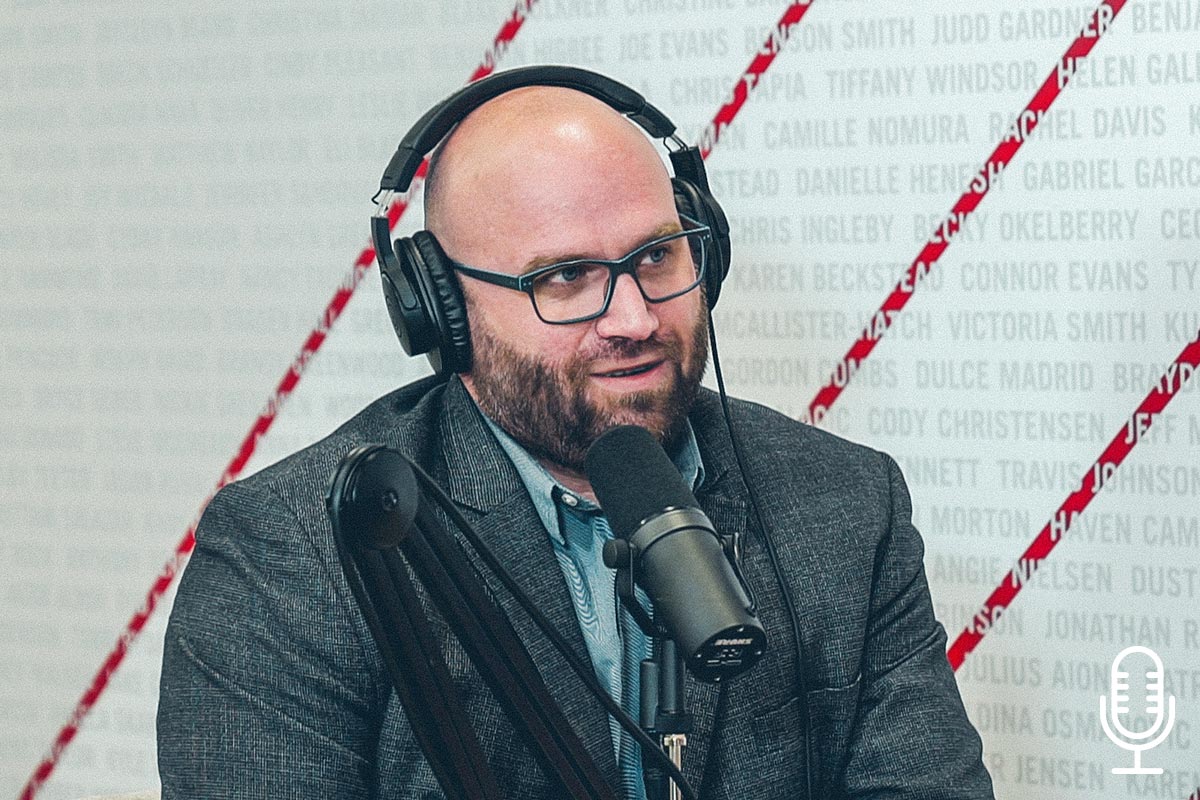
The Future, With a Dose of Reality
By Marcus Daley
With all the excitement and skepticism surrounding digital assets, I want to share a very personal story that influences my perspective. I believe this story will resonate with the most ardent enthusiast and the strongest opposer of digital assets alike.
By this time last year, I had moved the bulk of my net worth into digital assets and was doing very well. I understand the technology behind the platforms and the underlying code, which helped me feel comfortable working with digital assets. Also, during my time at SNL Financial and S&P Global, I developed a view of the traditional markets that influenced how I managed my finances.
I had moved a significant portion of my digital assets into a stablecoin called Iron. Stablecoins are a type of cryptocurrency that are non-volatile and stay synchronized to the U.S. dollar (or another country’s currency). Iron was widely touted by investors like Mark Cuban, who were influencers for me and others at the time. The growth and returns of the stablecoin and its associated volatile coin, called Titan, were very attractive. Plus, the Iron Finance team had used the source code from a project I respected (and still do), called Frax. You can read the original Frax white paper if you’re interested in learning more.
However, unlike Frax, it hadn’t backed the Iron stablecoin with any collateral. The Iron Finance team believed the holy grail of stablecoins was to create one that could manage its peg to $1 just using complex algorithms. And it appeared to be successful, which encouraged me and others to put more capital into the project.
On June 16, 2021, Iron was attacked by a coordinated series of trades, and over about 12 hours, everyone involved with the project lost all or most of their capital—myself included. You can read about it in this Medium article.
After losing so much of my net worth, I became depressed, and I didn’t know how I was going to recover. At the same time, I dug into the code and technology behind the Iron project and learned everything I could about what occurred and how it could be avoided. I worked to become an expert in the space because no one should ever have to go through that experience—especially when what Iron Finance was doing was so theoretical.
This experience led me to where I am today at Mountain America. I believe digital assets are here to stay as do regulators, legislators and those involved in financial services innovation. During that period of depression, I formed the opinion that banking institutions could play an important role in the digital-asset space—and later I realized credit unions could do even better as not-for-profit organizations. They can guide members down a path that, while risky, isn’t reckless like Iron was and do so without a profit motive.
Unfortunately, a similar event happened last week with a stablecoin called TerraUSD (UST). The project was far better capitalized and had started to deploy collateral, but it had not finished its path to collateralization before it underwent a similar series of negative trades (this time, in the hundreds of millions of dollars) causing it to fail on a scale much larger than Iron Finance. You can read about it in this article.
These events remind all of us that digital assets are complex. Some are backed by collateral and others are purely digital and algorithmic. Here at Mountain America, we are currently on a digital asset listening tour. We are proud to sponsor Cryptopia because it exposes us to digital assets without having to launch a product. And to be clear, we do not yet have plans to launch a digital asset product. After the Cryptopia conference and through related interactions, we can begin to seriously consider what products and services we may offer our members.
The fruits of our listening tour may take months or even years to fully develop. We’ll listen, learn and discuss as an executive team, and we will make choices collaboratively with our Legal and Risk organizations. In parallel and unrelated to digital assets, exciting technology improvements and changes are underway within Mountain America. And none of them involve crypto! But all of them are critically important and remain the primary focus of the Technology team.
Let’s learn together how to safely approach digital assets. I firmly believe they are the future of finance and especially helpful for the underprivileged and underserved—they are an important path forward. More to come here, and I look forward to learning together how we can do digital assets responsibly.
Thank you.
Marcus Daley is a veteran of the Web1 and Web2 eras and is now helping Mountain America lead the way forward in Web3. Currently CTO for Mountain America, Marcus is also CTO Emeritus for S&P Global, Technical Co-Founder of NeuralMetrics and someone who has helped startups and Fortune 500 companies achieve the next level in their transformation journeys.
Related Articles

Mobile Money: Is Your Financial App Safe?

